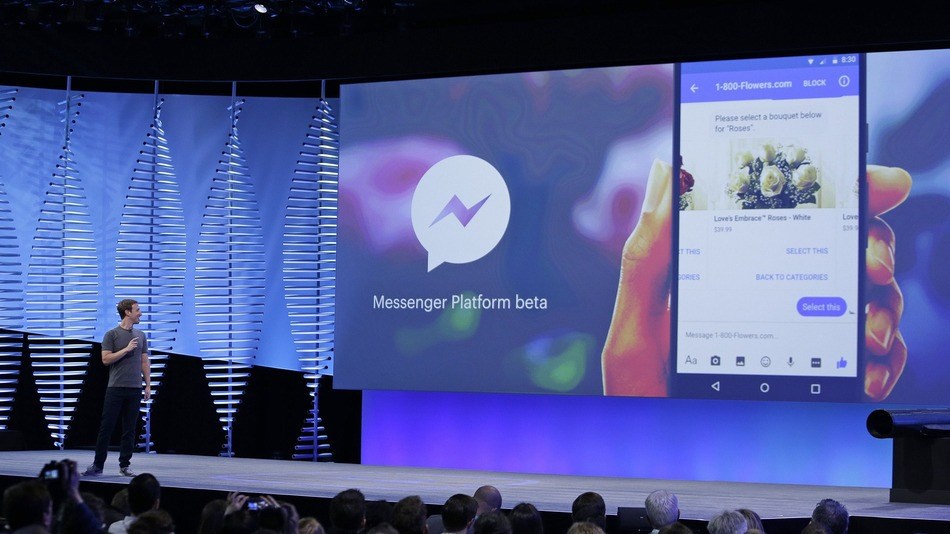In today’s heavily customer-centric environment, providing relevant, personalized content is essential for engagement and conversion. The key to achieving that at scale is Responsive Retail. We use real-time analytics to transform data into immediate response and actions.
Predictive Analytics Transforms Digital Commerce
Predictive analytics is the process of getting business insights by using advanced mathematical and technological techniques. Predictive analytics gathers data and turns it into insights with the help of algorithms, big data, and machine learning. When reinforced by bots, these applications become a sales and retention powerhouse.
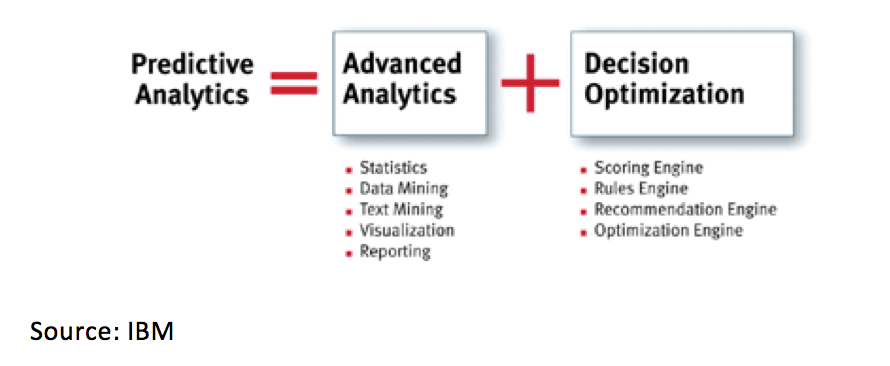
In fact, retail analytics and retail data gathered by using predictive analytics is changing many aspects of the retail industry. Research from the Winterberry Group, Interactive Advertising Bureau and the DMA found that 49.3% of marketing and media executives pointed to predictive analytics as the most important technology for achieving value from future data.
How Predictive Analytics Works
Until recently, retail decision making was based on a dashboard of KPIs. The problem is that this approach is retroactive – a KPI, by definition, is an indicator of past activity. Today retailers need real-time response capability, to stay as close as possible to customer demands, with careful attention to segment and demographic breakdown. Retailers must get their message to customers and propose specifically targeted products at the moment consumers are expected to want them. The use of artificial intelligence combined with Big Data analytics is the way forward.
AI and machine learning today enable the dynamic proposal of products and price-setting that are just right for individual consumers. AI is able to do this because it has the ability to instantly trawl huge amounts of information. AI can then provide reports based on highly specified contexts, and use them to build an accurate model. Combined with datamining and machine learning techniques, predictive analytics uses deep learning algorithms to process data sets far faster than was previously possible. And the algorithms continue to learn and improve.
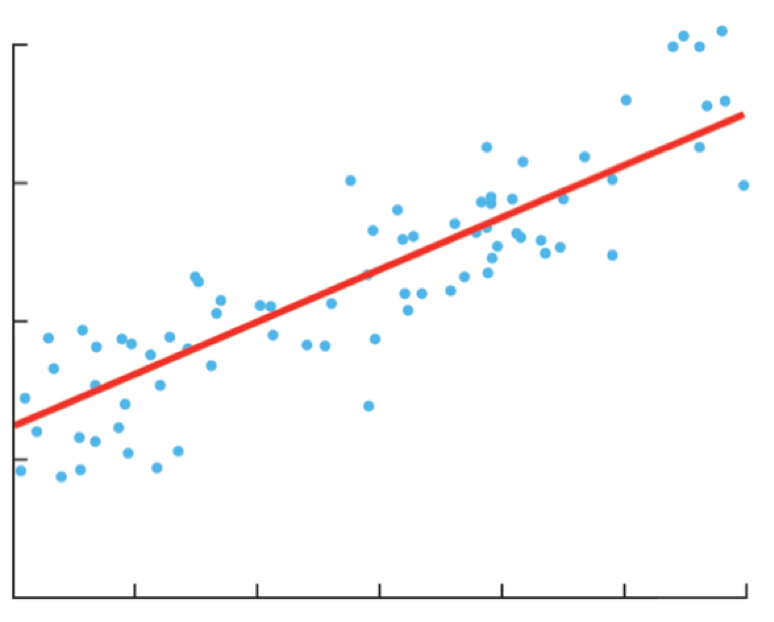
Regression models play a key role in predictive analytics. These produce models that generate scores for the likelihood of a given consumer, group of consumers, or segments to make purchases. But there are a wealth of predictive algorithms – association algorithms, decision tree algorithms, clustering algorithms, neural network algorithms, and many more. These all create models that provide a process leading to a prediction and/or a decision.
Case Study Shows Rapid Success
For example, at one major multinational food and beverage company, a report shows that the use of predictive analytics led to a 1.5% increase in incremental revenue and a profit increase of 3%.The company was challenged by inability to react promptly to price changes, and as a result, it was losing out to its competitors.
Predictive analytics were applied to pricing history and current prices across the company’s product lines (specifically, a regression analysis was used). Then demand was analyzed for each brand to determine consumer sensitivity to price shifts. These findings were fed into an optimization model that the company could use going forward. The holistic and forward-looking approach to pricing was a great success, and the company is using it and elaborating on it for the future.
Bots Add Another Dimension
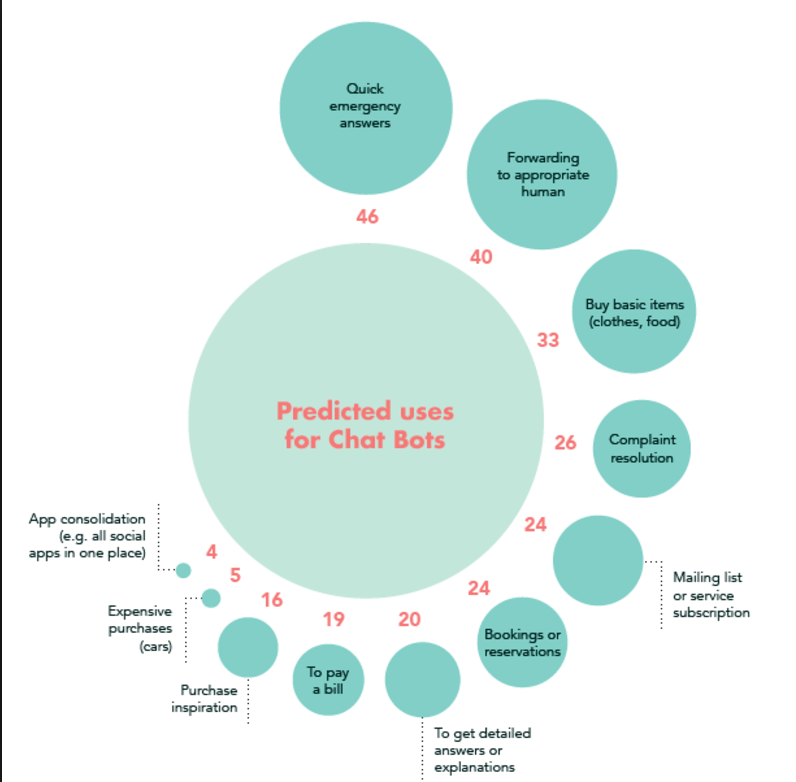
Reinforcement with bots adds another dimension to predictive analytics. Chatbots, or computer programs designed to simulate conversation with human users on websites, provide input that can be rapidly translated into actionable insights.
The recent announcement by Facebook that offers retailers access to bots across the social media platform was only the first in what is expected to be a rapid incremental rise in use: Gartner predicts that that by 2018, advanced natural language processing will be integrated into the majority of platforms and that 20% of business content will be generated by machines.
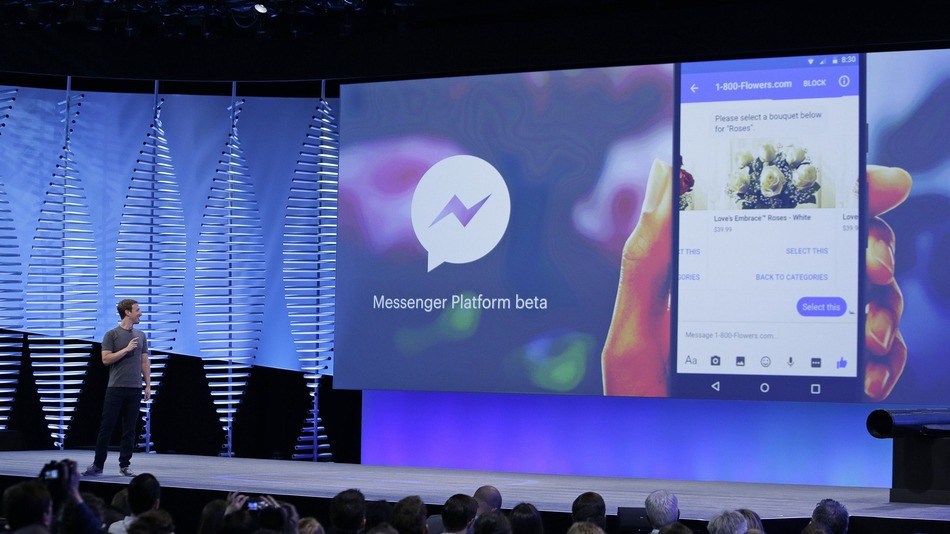
Bots do a lot. They start determining what the user is trying to say. Then the related applications analyse the communication, selecting the most useful material. They then formulate a reply based on the analysis of the relevant data. The bot then makes the reply in the form of an easy-to-understand, natural language form. The user received a reply in narrative form – i.e. in a reply that is like a ‘story.’
Bots break down the walls between humans and big data. They sift out the relevant data, working with multiple data repositories, and provide an actionable insight in real time. And they reply to the user in ‘human speak.’ Once the requisite data is in hand, bots identify what analytics toolsets are needed to make predictive analytical formulations from it all.
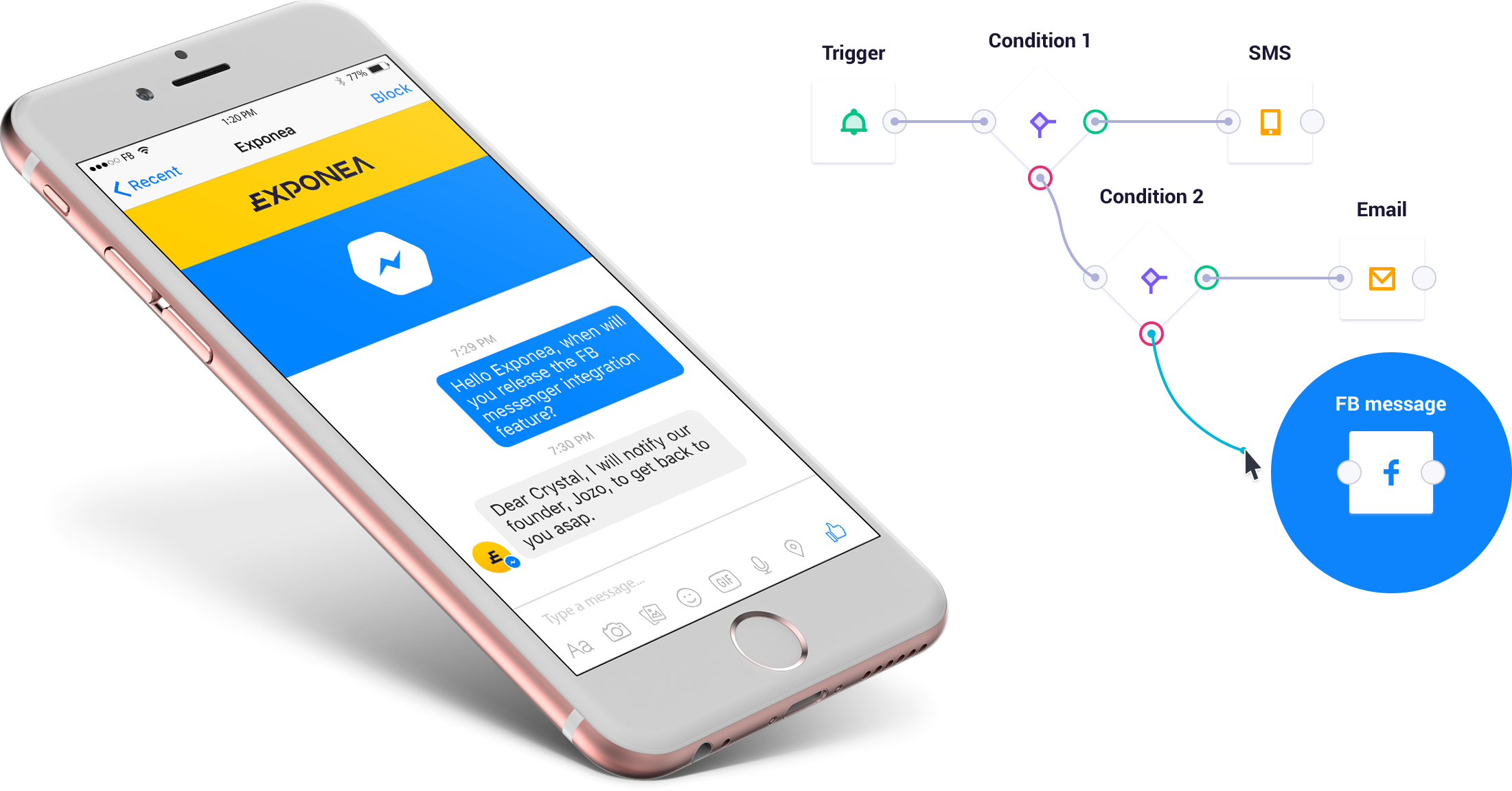
Facebook provides a number of good examples of the use of chatbots – you can order flowers via a bot on 1-800 Flowers Facebook messenger, or ask about sightseeing in Dublin on the Urban Tourist bot.
Just as creative was British clothing maker Burberry’s use of bots at a fashion show in London. Burberry’s new initiative on the platform was previewed in London, along with the backstory media campaign that details the founders story.
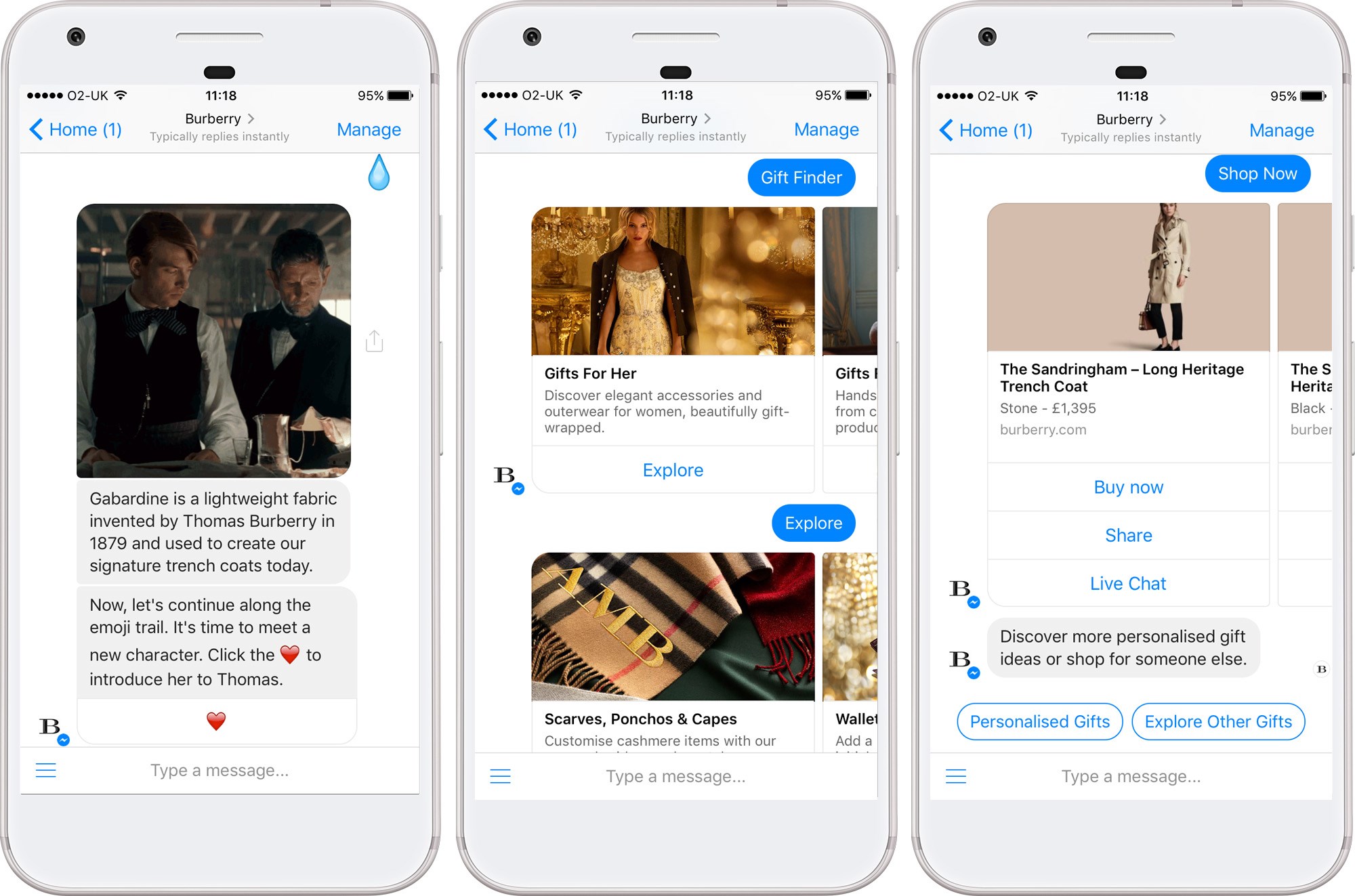
The British brand is using the service to share content around the new collection as well as for live customer service. The chatbots offer a series of multiple-choice questions, asking the user to choose from different product lines or different aspects of the clothing. For example, the user can choose to explore the influence of the Virginia Woolf novel, Orlando on the new fashions. Or he or she can choose to look at animations of the clothing on models in movement, select a specific look, or combine them with accessories.

For retailers, predictive analytics, especially combined with bots, offers a powerful means to get closer to customers. Instead of reacting to trends, retailers can take advantage of trends while they happen. It is clearly a resource that retailers need to adopt in order to thrive in the customer-centric age we live in.
